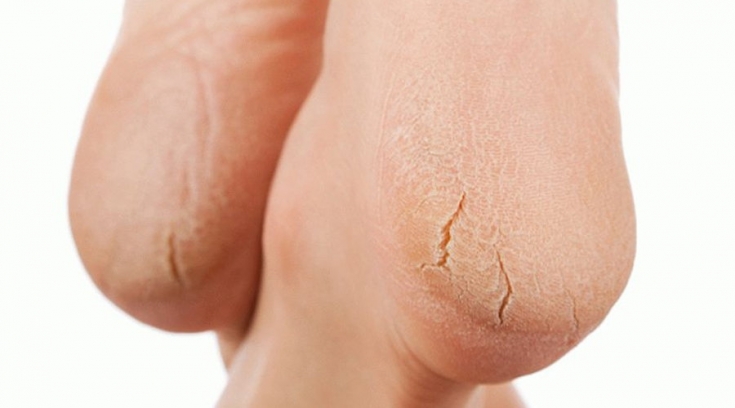Hyperkeratosis of feet – this is a thickening and keratinization of the epidermis, which develops as a result of exposure to the skin of the feet of adverse factors. For some people, hyperkeratosis – this is a cosmetic problem, but for others, increased keratinization of the skin of the feet may be the first sign of serious & nbsp; diseases such as diabetes mellitus or hypothyroidism.
In this regard, when hyperkeratosis is detected in a patient, pathology of the endocrine system, as well as chronic dermatological diseases, should be excluded. Read about ways to prevent hyperkeratosis of the feet, as well as effective methods for its elimination, on estet-portal.com in this article.
Basic approaches to the diagnosis and treatment of foot hyperkeratosis
Hyperkeratosis – it is more a protective reaction of the skin of the feet, which is affected by infectious, mechanical or chemical agents.
If left untreated, hyperkeratosis can be complicated by the appearance of cracks and infection.
The standard scheme for eliminating the manifestations of hyperkeratosis of the feet includes three stages: softening the skin of the feet, removing the stratum corneum of the epidermis and polishing the feet. The etiological treatment of hyperkeratosis requires lifestyle modification and may also include topical steroids or antifungals.
Hyperkeratosis Feet:
• effective methods for diagnosing foot hyperkeratosis;
• main ways to prevent foot hyperkeratosis;
• foot hyperkeratosis: basic treatment methods.

Effective methods for diagnosing foot hyperkeratosis
Hyperkeratosis of the feet can develop both as a result of external factors and as a result of internal disorders. Exogenous development factors may be improperly selected shoes and dry air.
The main endogenous causes of foot hyperkeratosis are:
• endocrine diseases that may be accompanied by obesity, such as diabetes mellitus, hypothyroidism;
• skin diseases such as psoriasis, ichthyosis, fungal infections of the skin of the feet;
• varicose veins of the lower extremities;
• congenital or acquired deformity of the foot.
The likelihood of developing hyperkeratosis is much higher if several predisposing factors simultaneously affect the skin.
The main ways to prevent foot hyperkeratosis
For effective prevention of hyperkeratosis of the feet, first of all, it is necessary to use comfortable, loose shoes with low heels. It is important to avoid exposing the feet to high temperatures, such as when walking on hot sand, as well as dry air and various chemicals. An important factor in the development of hyperkeratosis is excess weight, in connection with this, control of body weight helps to avoid excessive keratinization of the skin of the feet. One of the most important methods of preventing hyperkeratosis – it is proper foot care, which includes abundant hydration of the skin and personal hygiene.
Hyperkeratosis of the feet: basic treatment methods
Hyperkeratosis of the feet is treated conservatively with salicylic acid, which destroys keratin. As a result – the skin becomes thinner and softer. Products containing urea may also be recommended, which intensively moisturizes the skin and helps to soften it.
In the presence of chronic dermatological diseases that caused the development of hyperkeratosis, etiological treatment of the pathology is carried out first of all.
In severe manifestations of hyperkeratosis, it is possible to remove keratinized skin using a laser, cryosurgery or dermabrasion methods.







Add a comment